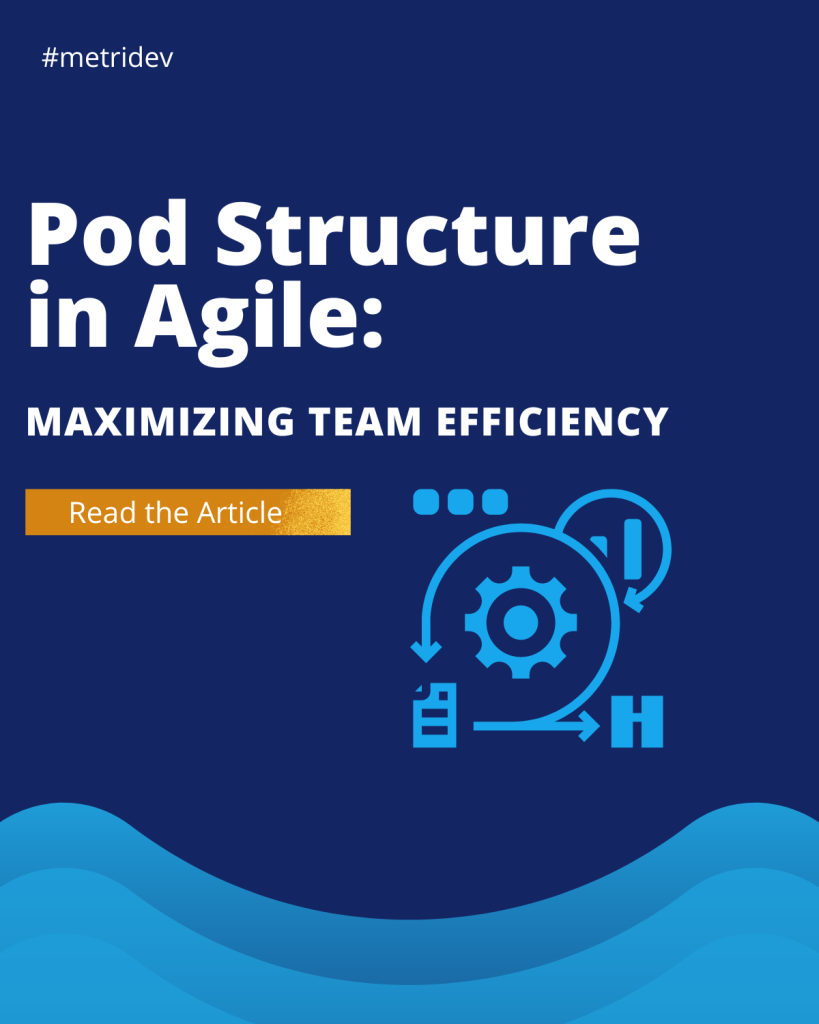Introduction
The software industry has undergone a significant transformation in recent years, with the rise of complex supply chains that support the development, deployment, and maintenance of software applications. The software supply chain, a critical component of modern software engineering, has become a crucial focus area for organizations seeking to enhance efficiency, security, and agility in their software development and delivery processes.
What is the software supply chain?
The software supply chain refers to the interconnected network of people, processes, and technologies involved in the creation, distribution, and deployment of software products. It encompasses everything from the sourcing of raw materials (i.e., code, libraries, and other software components) to the final delivery of the software to end-users.
Do software companies have a supply chain?
Yes, software companies do have a supply chain. Just like manufacturers in other industries, software companies rely on a complex network of suppliers, vendors, and partners to produce and deliver their products. This includes the procurement of software components, the integration of these components into the final software product, and the distribution and deployment of the software to customers.
Understanding the IT framework in the supply chain
The IT framework within the software supply chain refers to the technology infrastructure, systems, and processes that support the various stages of the supply chain. This includes tools for source code management, build automation, package management, deployment automation, and monitoring and security controls.
Importance of a secure software supply chain
A secure software supply chain is crucial for organizations to maintain the integrity, confidentiality, and availability of their software products. Vulnerabilities or compromises in the supply chain can lead to the introduction of malware, unauthorized access, and other security breaches, which can have severe consequences for both the software vendor and their customers.

Common challenges
The software supply chain encounters a variety of challenges, each presenting unique hurdles to overcome. Firstly, the increasing complexity of software systems and the proliferation of third-party components and dependencies pose difficulties in maintaining visibility and control over the entire supply chain. Secondly, cybersecurity threats remain a persistent concern, with malicious actors targeting vulnerabilities to introduce malware or malicious code.
Additionally, navigating compliance and regulatory requirements, such as data privacy laws and industry-specific standards. This adds layers of complexity to supply chain management. Moreover, the absence of universal standards in the software industry. This complicates efforts to coordinate and integrate different components and processes effectively. Lastly, as software development and deployment processes embrace greater agility, the supply chain must adapt swiftly. This will help to support rapid changes and scale operations to meet expanding demands. Transitioning through these challenges requires innovative solutions and strategic approaches to ensure the resilience and efficiency of the software supply chain.
What is the IT framework in supply chain?
The IT framework within the software supply chain encompasses a range of technologies, systems, and processes essential for supporting its stages. Firstly, source code management tools such as Git, facilitate version control and collaborative development of source code. Transitioning into build automation, tools like CircleCI automate the build and packaging of software components, enhancing efficiency and consistency.
Additionally, package management tools like NuGet streamline the management and distribution of software packages and dependencies across environments. Deployment automation tools such as Ansible automate the deployment process, ensuring consistency and reliability across different deployment environments. Lastly, monitoring and security tools like Datadog. These play a crucial role in monitoring the health and security. Moreover, they enable proactive management of potential issues. Together, these technologies and processes form a robust IT framework that supports the smooth operation and security of the software supply chain.
Strategies to boost efficiency in the software supply chain
Organizations can adopt several strategies to enhance the efficiency of their software supply chain. Firstly, implementing standardization and automation of processes reduces human error and streamlines operations. Secondly, improving visibility and traceability across the supply chain enables quicker issue identification and resolution. Additionally, rigorous supplier management practices, including thorough vetting of security measures and compliance, help mitigate risks. Adopting a continuous integration and delivery (CI/CD) approach facilitates faster and more reliable software releases. Lastly, fostering collaboration and communication among all supply chain stakeholders. This enhances coordination and decision-making, leading to more effective supply chain management overall. These strategies collectively contribute to optimizing the supply chain, ensuring smoother operations and better responsiveness to market demands.
Enhancing security in the software supply chain
Securing the software supply chain is crucial to protect against cyber threats and ensure the integrity of software products. Strategies for enhancing security include:
- Supply chain risk assessment: Regularly assessing the risks and vulnerabilities in the supply chain. This can help organizations prioritize and address security concerns.
- Secure software development practices: Implementing secure coding practices, such as static code analysis, dependency management, and vulnerability scanning. These can help reduce the introduction of security flaws.
- Supply chain security controls: Implementing security controls, such as digital signatures, code signing, and secure its distribution. These can help verify the authenticity and integrity of software components.
- Third-party risk management: Carefully evaluating and monitoring the security practices of third-party suppliers and vendors. These can help mitigate supply chain risks.
- Incident response and recovery: Developing robust incident response and recovery plans. These can help organizations quickly respond to and recover from supply chain attacks.
What is one example of a software supply chain attack?
One notable example of a software supply chain attack is the SolarWinds breach, which occurred in 2020. Consequently, in this attack, hackers gained access to the build environment of the SolarWinds Orion platform, a widely used network management software. As a result, they inserted malicious code into a legitimate software update. This allowed the attackers to gain access to the networks of thousands of SolarWinds customers, including several government agencies and large enterprises.
Best practices
To effectively manage the software supply chain, organizations should adopt a range of best practices aimed at enhancing governance, mitigating risks, and fostering security. Firstly, establishing a supply chain governance framework clarifies roles, responsibilities, and decision-making processes. Transitioning into supply chain risk management involves conducting regular assessments, identifying vulnerabilities, and preparing contingency plans for disruptions. Furthermore, ensuring thorough due diligence of suppliers and vendors, including security practices and compliance, helps maintain integrity. Additionally, implementing a zero-trust security model verifies the identity and trustworthiness of all entities involved. Lastly, fostering a culture of security and transparency promotes awareness and collaboration across stakeholders, enhancing overall supply chain resilience and efficiency. These practices collectively strengthen organizational resilience and readiness in managing the complexities.
Some Tools and technologies
Numerous tools and technologies are available to help organizations optimize their software supply chain, including:
- Source code management: Git, Subversion, Perforce
- Build automation: Jenkins, Travis CI, CircleCI
- Package management: npm, Maven, NuGet
- Deployment automation: Ansible, Puppet, Chef
- Monitoring and security: Splunk, Elastic Stack, Datadog
- Supply chain risk management: ThreadFix, Dependency Track, Snyk
- Incident response and recovery: Incident response platforms, disaster recovery solutions
Conclusion
As the software industry continues to evolve, the software supply chain will become increasingly complex and critical to the success of organizations. Therefore, to stay ahead of the curve, companies must prioritize optimizing their supply chain. This involves focusing on enhancing efficiency, security, and agility. Moreover, by embracing the latest technologies, implementing robust governance, and risk management practices, organizations can foster a culture of transparency and collaboration. Consequently, this approach allows organizations to unlock the full potential of their software supply chain and position themselves for long-term success in the digital age.
To learn more about optimizing your software and enhancing its efficiency and security, read our article Information Technology Governance: Succeed in the Digital Age.









Leave a Reply